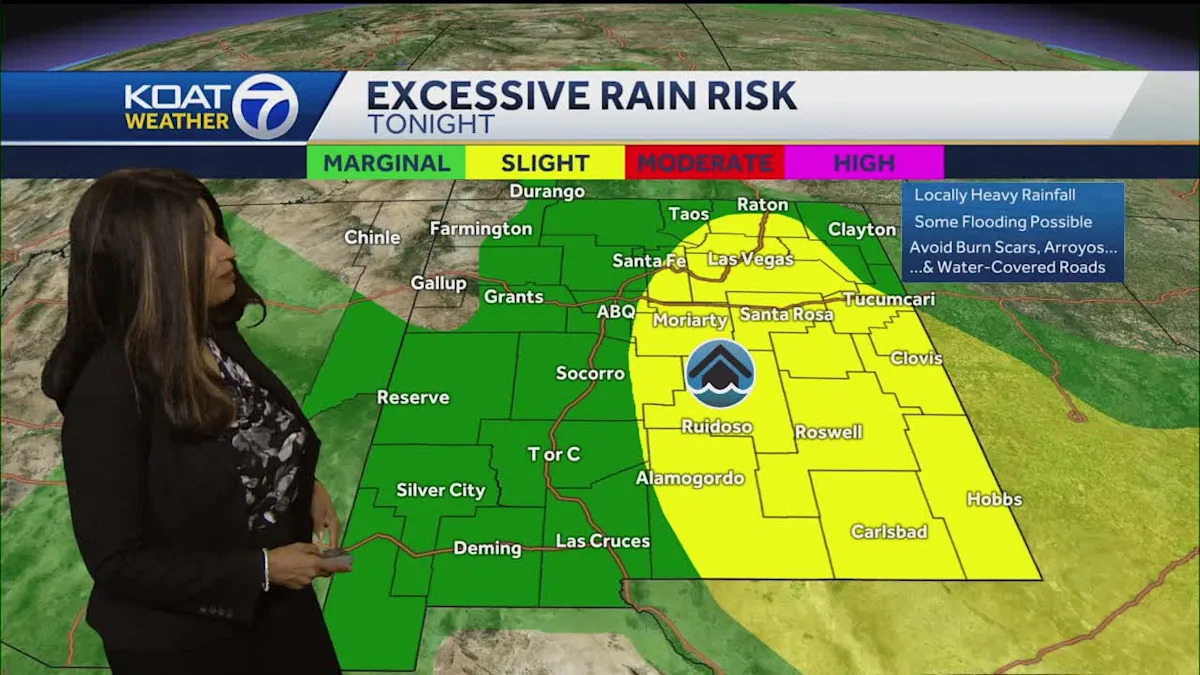The arrival of the monsoon season is imminent, with forecasters predicting the first significant storm to hit on July 2nd. Residents are urged to prepare for heavy rainfall and potential flash flooding as the seasonal shift brings much-needed moisture but also familiar hazards. The anticipated monsoon season will bring a change in daily life.
Preparing for the Monsoon Season
Effective preparation is crucial to mitigating the risks associated with the monsoon. This includes securing loose outdoor items, clearing drainage systems, and having an emergency supply kit ready. According to a recent advisory from the National Weather Service, “Proactive measures taken now can significantly reduce the impact of potential flooding and wind damage.”
Understanding the Risks
- Flash Flooding: This is a primary concern, especially in low-lying areas and near rivers.
- Power Outages: Heavy rain and strong winds can disrupt power lines.
- Road Closures: Flooded roads can make travel dangerous and difficult.
Impact on Agriculture
The monsoon season is vital for agriculture, providing the necessary water for crops. However, excessive rainfall can also lead to crop damage and soil erosion. “The timing and intensity of the monsoon are critical factors for agricultural yields,” explains Dr. Anya Sharma, an agricultural meteorologist at the Institute for Climate Research. “Farmers need accurate forecasts to make informed decisions about planting and irrigation.”
Infrastructure Challenges
Many regions face infrastructure challenges during the monsoon season, including inadequate drainage systems and aging infrastructure. These issues can exacerbate the impact of heavy rainfall, leading to widespread flooding and property damage. A recent study by the Department of Civil Engineering at the State University found that upgrading drainage infrastructure could reduce flood risk by up to 40% in vulnerable areas.
Long-Term Solutions
Addressing these challenges requires a multi-faceted approach, including:
- Investing in infrastructure upgrades.
- Implementing effective land management practices.
- Improving early warning systems.
Public Health Concerns
The monsoon season can also increase the risk of waterborne diseases and mosquito-borne illnesses. Standing water provides breeding grounds for mosquitoes, and contaminated water sources can spread diseases like cholera and typhoid. “Public health officials are working to monitor and control these risks through vector control programs and water quality monitoring,” stated Maria Hernandez, a spokesperson for the Department of Public Health.
According to data released by the Centers for Disease Control and Prevention (CDC), cases of West Nile virus typically increase by 15-20% during the monsoon months. Public awareness campaigns promoting mosquito repellent use and eliminating standing water are essential to curbing the spread of these diseases.
The First Storm and Beyond
As the first storm approaches on July 2nd, residents are urged to stay informed and take necessary precautions. Monitor weather forecasts, heed warnings from local authorities, and be prepared to evacuate if necessary. The monsoon season can bring challenges, but with proper planning and community resilience, its impact can be managed effectively.


